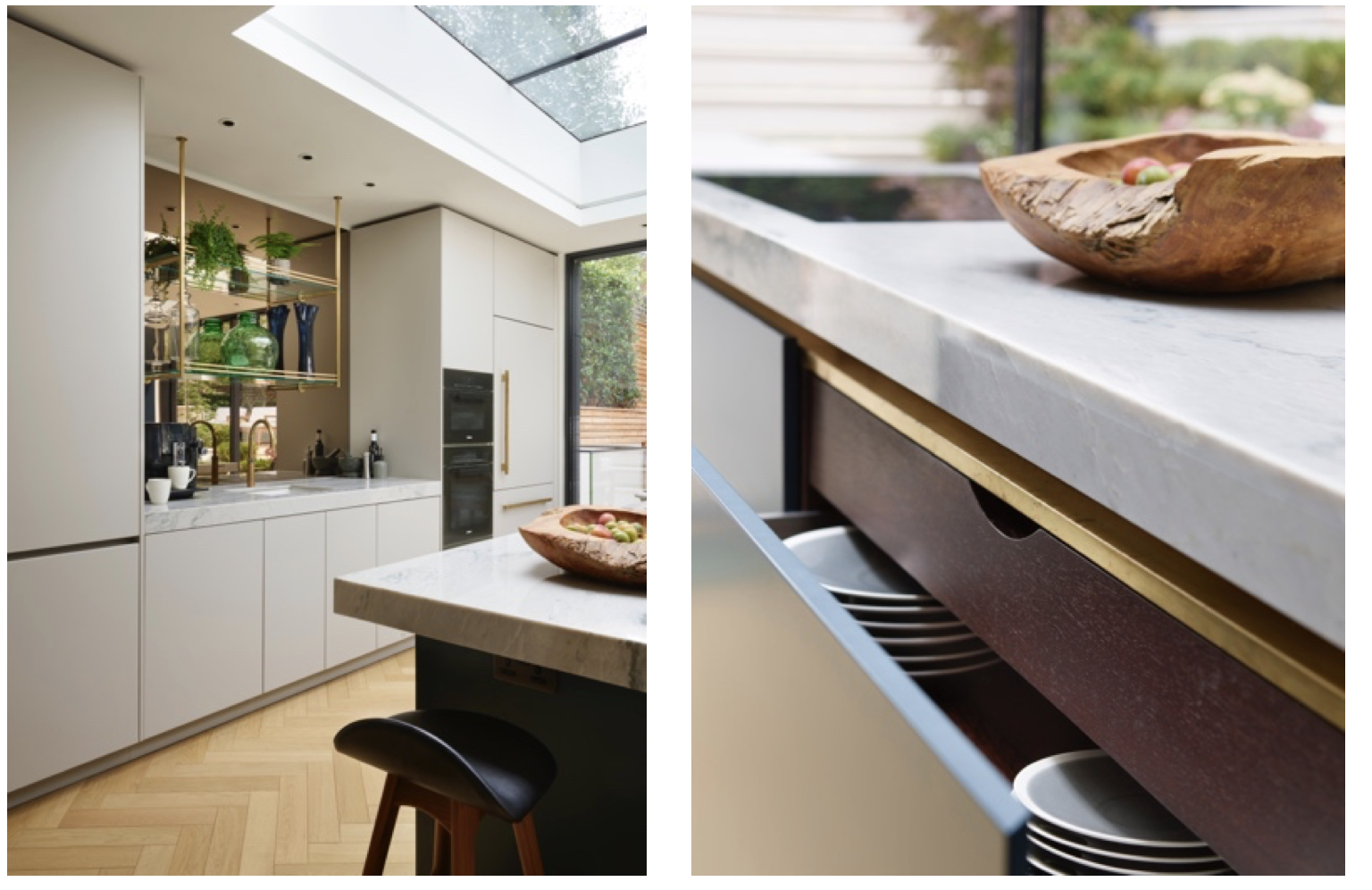


Choose your colour-way and then decorate and furnish using varying tones, tints and shades of the same colour. This trend embraces the use of colour palettes based on a single colour hue. Classic Blue pairs beautifully with handcrafted cabinetry, asymmetrical motifs, lustrous textiles such as velvet, marble textures and metals such as bronze and copper.Ģ020 will see the use of bold monochromatic palettes. Pantone’s Classic Blue has a contemporary, energetic feel as it leans more toward a vibrant cyan-blue colour palette than a deep navy.Ī colour chosen to represent stability and confidence, Classic Blue perfectly aligns with interior design trends which are returning to traditional and timeless styles. Dark blues are seen to be a more conservative colour, associated with feelings of reliability and tradition.

This is quite a contrast from 2019’s Pantone colour of the year which was vibrant Living Coral. When looking at colour trends, many people start with the Pantone colour of the year, which for 2020 is Classic Blue. In this blog, you will learn what trends to expect in 2020 from our designers. It’s useful to keep up to date with the latest trends and technologies so that you can identify what you like and work with your designer to incorporate elements from the latest trends in a way that will stand the test of time. The balance with kitchen design is creating a scheme that feels both current and timeless. Quality kitchens are an investment and should last for 10 years or more, so it’s important to consider trends very carefully so your kitchen doesn’t feel dated. That's better than above-oven height, which has been the typical location for many years.With the New Year comes a fresh start and a chance to make changes or rejuvenate areas of your life and what better goal for 2020 than the new kitchen you’ve been dreaming of. Just open it up put your food inside, close, and start it. Microwave drawers: Just like the side-opening oven, by installing the microwave below counter height in a drawer, it’s easier for everyone to use. Removable boxes that let you reorganize the drawers at willģ.Stackable trays that separate utensils and flatware.Dividers to keep your water bottles separate from your vinegar collection.Drawers with deep pockets: Base cabinets have evolved from back-bending storage for pots and pans to deep drawer space - typically 24 inches deep - that can hold just about everything in your kitchen.Ĭontinuing that evolution - heck, let’s call a revolution - are deep drawer organizers, ranging from $54 to more than $100, that make sure everything stays in its place, rather than rumble around in chaos. It’s one of those slap-your-forehead tweaks that make cooking so much more ergonomic and accessible for everyone.Ģ. Side-opening ovens at counter height: You don’t have to reach up or bend down to fetch your turkey, just comfortably slide it out. The use of adaptable and universal design features increased from 20% in 2020 to 27% in 2022, according to the American Institute of Architects Home Design Trends Survey.ġ. Why? Because the designs make so much sense. And since a large part of the population is reaching retirement age, accessibility finally is catching on - even with homeowners who aren’t intentionally seeking those features. #8 AccessibilityĪging in place is a big snore - until you get to that age when the right kitchen trends will allow you to stay in your home. So it’s better to hedge your bets with transitional design, which combines contemporary and traditional to bring out the best parts of each. Contemporary design encourages a noncluttered look, which can be hard to maintain in a busy home. Fussy doodads and decorative and distressed glazes are out.Ĭontemporary looks sleek and clean, but can also come across as cold. NKBA designers say contemporary, with its sleek simplicity, is among the most popular kitchen styles. And as water becomes scarcer, anything that saves gallons will have value - and save you on your water bills.Ī reason we recommend touch-free over hands-free: As you know from public bathrooms with hands-free activated faucets, they'll often turn on when you don't want them to and not turn on when you do. But it’s great for those times when you’ve got dirty, chicken-goopy hands, and for those in your household who refuse to turn water on and off between tasks because it’s too much hassle. On the face of it, touch-activated seems a little gimmicky, and with prices ranging from $300 to $400, it’s certainly a lot of money. Touch-activated faucets have moved from commercial spaces into home kitchens.


 0 kommentar(er)
0 kommentar(er)
